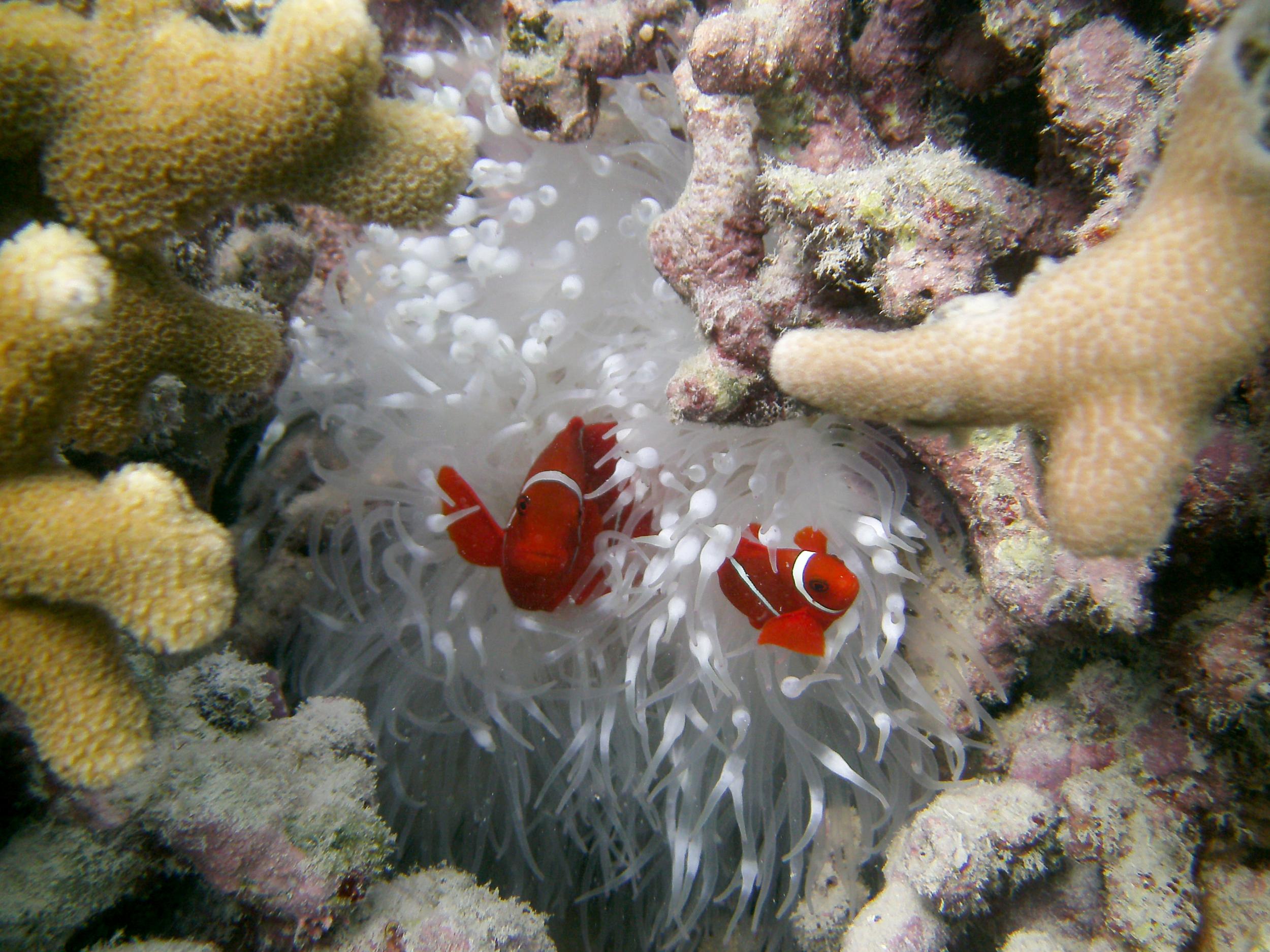Fish populations in Great Barrier Reef collapse after devastating coral bleaching events
Variety of species living among northern corals drops sharply following underwater heatwaves

The coral bleaching events that have devastated the Great Barrier Reef in recent years have also taken their toll on the region’s fish population, according to a new study.
While rising temperatures on the reef killed nearly all the coral in some sections, the effects on the wider marine community have been less clear.
Now, scientists have begun to establish the long-term effects of bleaching events on the Great Barrier Reef’s fish population.
This work is essential for researchers trying to understand what will happen to coral reef ecosystems as global warming makes mass bleaching events more frequent.
“The widespread impacts of heat stress on corals have been the subject of much discussion both within and outside the research community,” said PhD student Laura Richardson of the ARC Centre of Excellence for Coral Reef Studies.
“We are learning that some corals are more sensitive to heat stress than others, but reef fishes also vary in their response to these disturbances.”
Ms Richardson and her collaborators studied reefs in the northern section of the Great Barrier Reef, where around two-thirds of corals were killed in the 2016 bleaching event that followed a global heatwave.
They assessed the quantity and types of fish present in the reef before, during and after the event.

The researchers found there were “winners” and “losers” among the fish species on the reef, but overall there was a significant decline in the variety of species following bleaching. Their results were published in the journal Global Change Biology.
“Prior to the 2016 mass bleaching event, we observed significant variation in the number of fish species, total fish abundance and functional diversity among different fish communities,” said co-author Dr Andrew Hoey.
“Six months after the bleaching event, however, this variation was almost entirely lost.”
Predictably, the scientists noted that fish with intimate associations with corals suffered severe losses. Butterflyfish, which feed on corals, faced the steepest declines.
These findings suggest that, like corals, the fish that inhabit coral reefs are sensitive to rising temperatures.
In response to the looming threat of coral bleaching, scientists have called for “radical interventions” to save the world’s reefs. Some have suggested that more than 90 per cent of corals could die by 2050 at the current rate of global warming.
The scientists behind the new study said the loss of variation on reefs following the death of corals is a major problem for ecosystems that rely on a complex network of biological processes to flourish.
“Also known as ‘biotic homogenisation’, this tendency towards individual and community similarity is increasingly considered one of the most pressing, but largely unrecognised, biodiversity crises faced globally,” said Dr Hoey.
Join our commenting forum
Join thought-provoking conversations, follow other Independent readers and see their replies
Comments
Bookmark popover
Removed from bookmarks